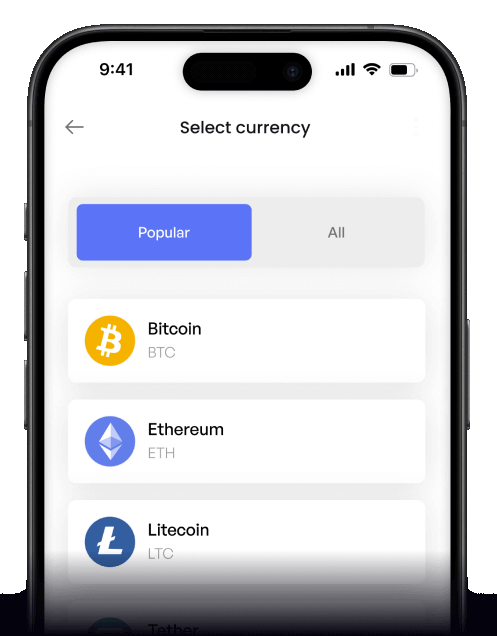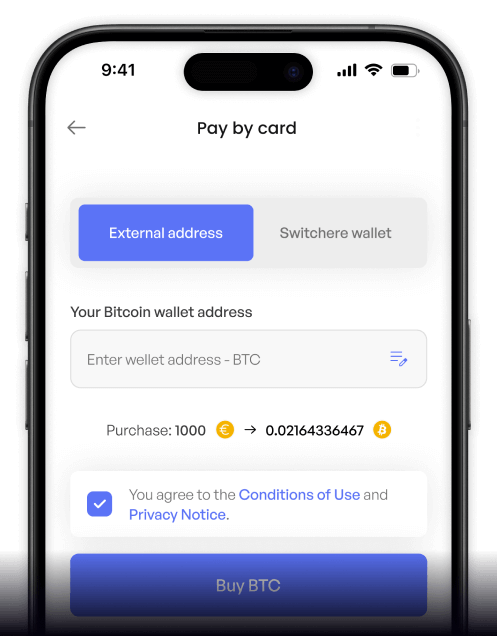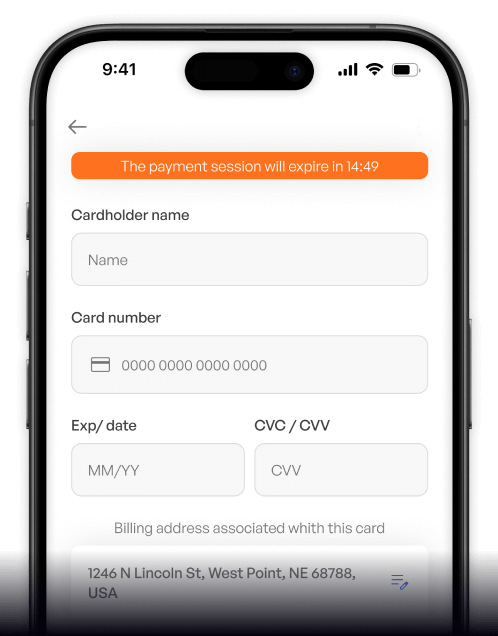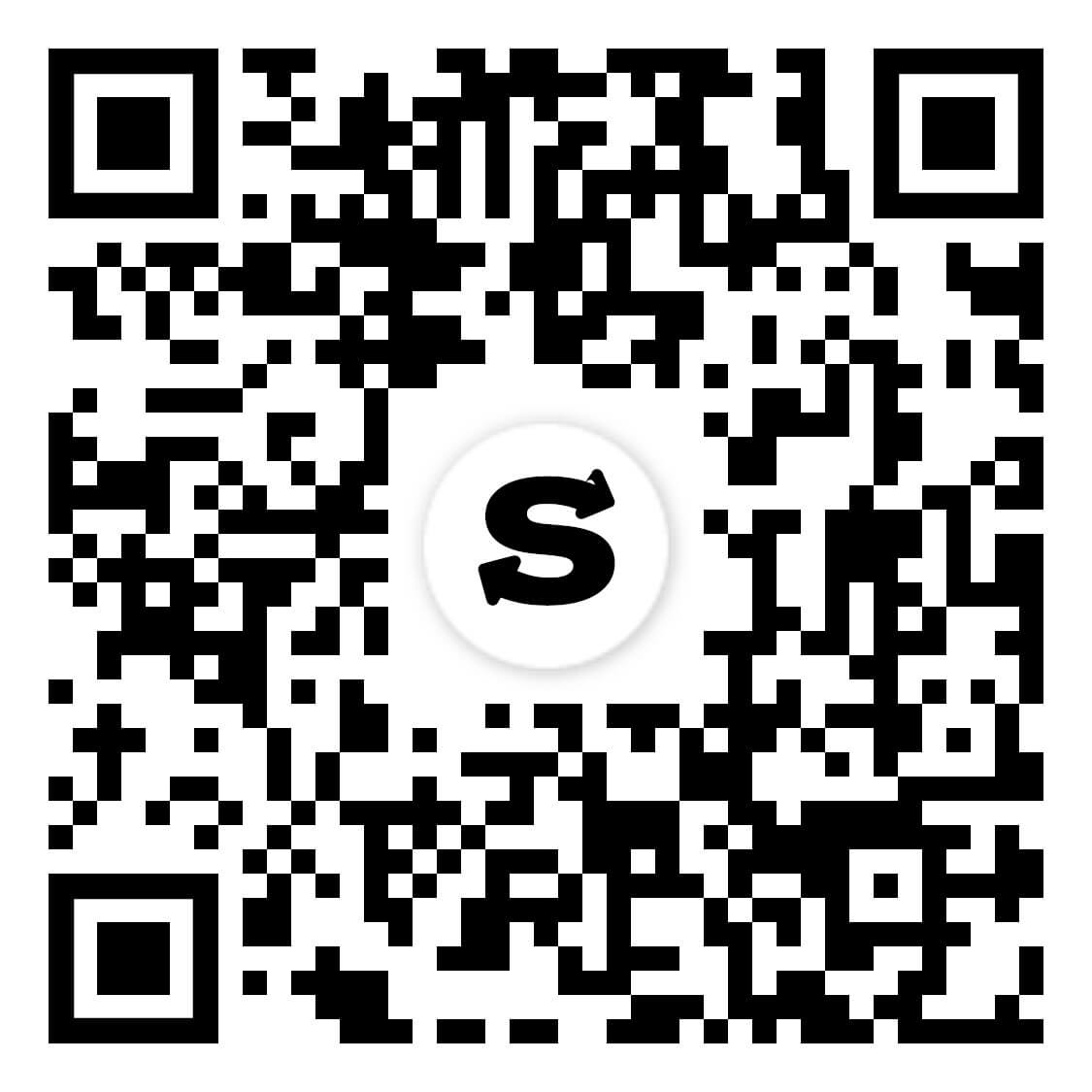- Accueil
- Convertisseur
- Euro (EUR) pour Polkadot (DOT)
Convertissez
Euro (EUR) en Polkadot (DOT) instantanément
Achetez Polkadot (DOT) avec Euro (EUR) facilement sur Switchere et bénéficiez de transactions rapides et sécurisées.
A propos de
Polkadot (DOT)
Polkadot (DOT) se présente comme un protocole blockchain de nouvelle génération, conçu pour faciliter une communication et une interopérabilité inter-chaînes sans précédent au sein d'une architecture évolutive, sécurisée et multi-chaînes. Son objectif principal est de permettre à différentes blockchains, appelées parachains, d'échanger des informations et des transactions en toute confiance. Cela permet de relever le défi majeur du cloisonnement des blockchains, où les réseaux individuels fonctionnent de manière isolée. La technologie de base de Polkadot s'articule autour d'une chaîne de relais centrale, qui fournit une sécurité partagée et un consensus aux parachains connectés. Ces parachains peuvent être personnalisés pour des cas d'utilisation spécifiques, construits à l'aide du cadre flexible Substrate, favorisant un écosystème diversifié de chaînes spécialisées.
Le jeton DOT natif joue plusieurs rôles cruciaux au sein de cet écosystème d'actifs numériques. Il est utilisé pour la gouvernance du réseau, permettant aux détenteurs de participer à la prise de décision concernant les mises à jour du protocole et les allocations de trésorerie. Le DOT est également essentiel pour le staking dans le mécanisme de consensus Nominated Proof-of-Stake (NPoS) de Polkadot, où les nominateurs soutiennent les validateurs pour sécuriser le réseau et gagner des récompenses. En outre, les jetons DOT sont utilisés par les projets pour louer des emplacements de parachain par le biais d'un mécanisme d'enchères, ce qui leur permet de se connecter à la chaîne de relais et de bénéficier de ses fonctions de sécurité et d'interopérabilité mises en commun. Ce modèle tokenomique garantit une participation active et un alignement sur la santé à long terme du réseau, positionnant Polkadot comme une infrastructure Web3 fondamentale pour un système de registre numérique véritablement interconnecté.
Comment acheter des Polkadot (DOT)
Monnaies populaires pour Euro (EUR)
Autres pièces pour Euro (EUR)
Questions fréquemment posées
-
Quelles sont les méthodes courantes pour acheter des Polkadot (DOT) en euros (EUR) ?
Vous pouvez généralement acquérir des Polkadot (DOT) avec des euros (EUR) par le biais d'échanges de crypto-monnaies centralisés qui offrent des paires d'échange EUR/DOT. Les méthodes courantes de montée en puissance des fiats comprennent les transferts SEPA pour les dépôts efficaces en euros, les achats par carte de crédit/débit (souvent disponibles dans la zone euro) et parfois les processeurs de paiement tiers. Assurez-vous que la plateforme choisie prend en charge le financement en euros et facilite les retraits de jetons DOT vers votre portefeuille numérique sécurisé. -
Pourquoi la paire EUR/DOT est-elle importante pour les investisseurs européens intéressés par l'écosystème de Polkadot ?
La paire EUR/DOT fournit une passerelle fiat directe pour les investisseurs européens afin d'accéder au réseau Polkadot et à son jeton DOT natif. Cela permet d'investir directement dans les solutions d'interopérabilité de Polkadot, de participer à son consensus NPoS (Nominated Proof-of-Stake) pour jalonner DOT, et de s'engager dans l'écosystème croissant de parachains et de dApps construits sur le cadre Substrate, le tout sans avoir besoin de convertir d'abord l'euro en une autre crypto-monnaie. -
Quelles sont les exigences typiques en matière de KYC/AML et quelles sont les considérations en matière de frais lors d'une transaction en EUR pour DOT ?
La plupart des bourses de crypto-monnaies réputées exigent une vérification KYC/AML pour les dépôts et les retraits en euros, s'alignant ainsi sur les réglementations de l'UE. Cela implique la présentation de documents d'identification. Les frais peuvent inclure des frais de dépôt/retrait pour les transferts SEPA ou les paiements par carte, des frais de négociation sur le carnet d'ordres de l'échange et des frais de transaction potentiels du réseau Polkadot si le DOT est transféré hors échange. Consultez toujours le barème des frais de la plateforme que vous avez choisie et comprenez les coûts de transaction du jeton DOT sur la blockchain. -
Comment le modèle de sécurité partagée et l'architecture de la chaîne de relais de Polkadot sont-ils liés à la valeur du DOT acquis avec EUR ?
Lorsque vous achetez du DOT avec de l'EUR, vous acquérez un jeton qui fait partie intégrante du modèle unique de sécurité partagée de Polkadot. La chaîne de relais, sécurisée par les stakers DOT, valide les transactions pour les parachains connectés. Cela signifie que la sécurité et l'intégrité de l'ensemble de l'écosystème Polkadot, y compris les diverses blockchains spécialisées (parachains), sont étayées par le jeton DOT, ce qui renforce son utilité et sa valeur fondamentale au sein de son réseau interopérable. -
Quel type de portefeuille numérique est recommandé pour stocker les Polkadot (DOT) achetés avec de l'EUR, et quelles sont les meilleures pratiques en matière de sécurité ?
Pour stocker les Polkadot (DOT) acquis avec l'EUR, il est recommandé d'utiliser un portefeuille qui prend spécifiquement en charge le réseau Polkadot, tel que Polkadot.js, ou divers portefeuilles matériels connus pour leur sécurité accrue. Les meilleures pratiques incluent l'activation de l'authentification à deux facteurs (2FA) sur les bourses avant le retrait, la sauvegarde sécurisée de la phrase de départ de votre portefeuille hors ligne et la vigilance face aux escroqueries par hameçonnage. Ne partagez jamais vos clés privées pour vos jetons DOT.






